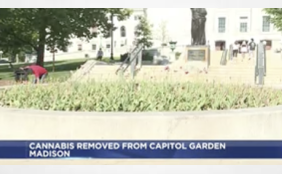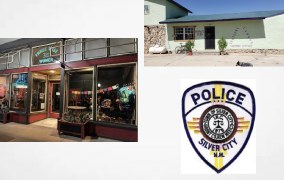Before Jayden Carter turned 9, police were called 126 times to his school, home and other locations to address his violent behavior.
“I had ribs out of place, my forehead cut open, [a] black eye,” recalled Amie Carter, his mother.
The situation got so dire that Child Protective Services encouraged Amie to sign her rights to Jayden away, a step that would allow the state to put him in permanent treatment.
That was when — out of a sense of desperation — she decided to try medical marijuana. The results, Amie and Jayden say, were remarkable.
“My head was in a very dark place when I was younger, and I just can’t remember anything,” said Jayden, who is now 16, of the time before he used medical marijuana. But then, with marijuana, “It feels like I woke up one day and my soul fully went into my body.”
Jayden is one of Michigan’s 207 minors with medical marijuana cards. He’s been a cardholder since he was 9 years old, qualifying for nausea, migraines and eventually autism. Jayden was diagnosed with Asperger’s, ADHD and Oppositional Defiant Disorder when he was 2 years old.
But the drug the Carters consider a lifesaver carries burdens of its own: Medical marijuana is legal for certain conditions in 39 states, four territories and the District of Columbia. Each has different requirements and regulations, but generally patients need a recommendation from one or two doctors to qualify for a medical marijuana card.
Beyond that, however, patients who use medical marijuana in legal states do so almost entirely outside the traditional medical system.
That’s because cannabis is still classified federally as a Schedule I drug on the Controlled Substances Act — the same category as heroin — which means it’s considered to have no medical value and a high potential for abuse.
The disconnect between state and federal policies leads to all kinds of problems for patients. Medical marijuana is not covered by health insurance — leaving some patients with bills of over $1,000 per month. Only nine states and the District of Columbia recognize medical marijuana cards issued by other states, meaning patients must either refrain from travel, forgo relief for their symptoms, or risk arrest by taking marijuana with them across state lines. And just 10 states and D.C. allow school nurses to administer medical marijuana, which means most minors must leave school property in the middle of the day to take their medication.
Read the full article at
https://www.politico.com/news/2023/02/27/medical-marijuana-america-cannabis-00083846

















